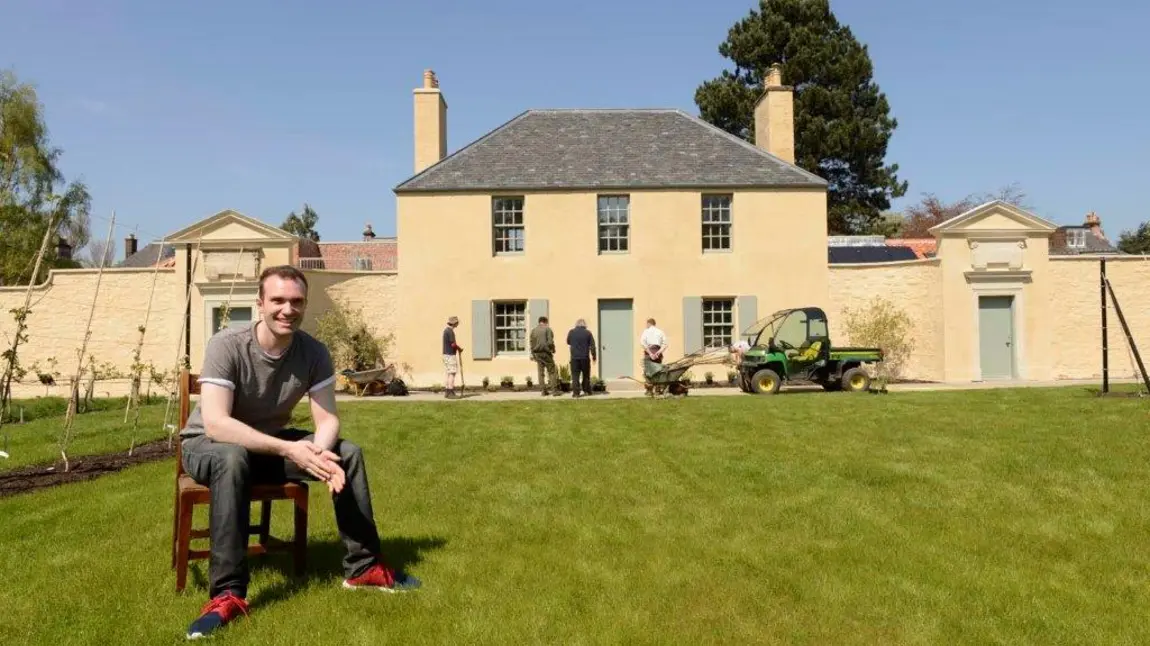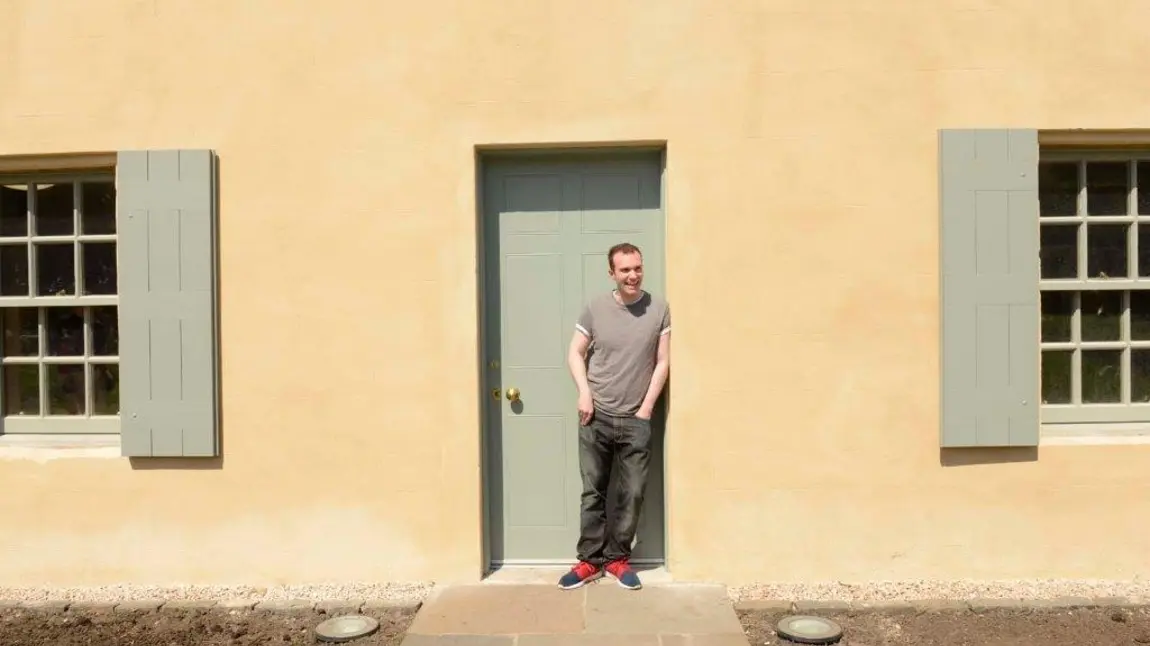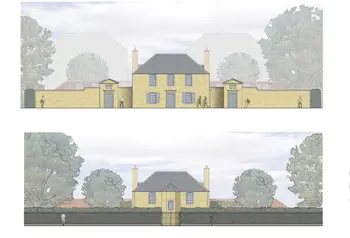Saving Edinburgh's Botanic Cottage

Digging up history
Back in 2007, the 18th-century Botanic Cottage was set to be demolished. It had no listed building status, and little was known about its past. However, a group of local people got together and decided to try to find out more about this small building which had stood at the entrance to a long lost incarnation of the Royal Botanic Garden Edinburgh (RBGE), on what is now Leith Walk, one of Edinburgh’s busiest thoroughfares.
The Garden was located there from 1763 until 1823, and the Cottage was built in the mid-1760s. With a grant from HLF, local campaigners began to research the building. T he more they looked, the more they found, to the point that they discovered this cottage to be one of the best recorded small buildings in Scotland:
- It appeared that two of the most renowned architects of the 18th century had designed it (John Adam and James Craig)
- It contained the oldest surviving classroom of the Scottish Enlightenment, where every Edinburgh medical student had been taught botany
- It had been the main entrance to the lost Leith Walk garden, as well as being the home of the head gardener
- Furthermore, they uncovered the names and bills of the builders who had built it, the names of every person who had lived in it, the names of over 1,000 students who were taught in it, and over 150 teaching diagrams and lecture notes surviving from when it was used as an Enlightenment classroom
Despite all this, a wrecking ball still threatened to wipe away this historic treasure.
Moving house
Fortunately, a new future was found for the Botanic Cottage. It was decided that the building would be dismantled carefully, with each quoin stone, keystone, roof truss and beam numbered, then moved across the city to the current home of the Royal Botanic Garden Edinburgh. A plan was formulated to not only rebuild, but to take the building back to its original use – it would become a community and education centre for the Garden.
Over the following years, plans were put in place and funds were raised, with the largest contribution coming from HLF. In the autumn of 2014, building work began, using traditional methods and materials, and with visits from apprentices throughout the project to enable knowledge and skills to be passed on. Now, exactly 250 years after the first students were taught in the historic classroom, the Botanic Cottage is open to the public.
New spaces for communities
What is so exciting about the Cottage is that it will enable RBGE to work with so many different audiences in wonderful new spaces. We have developed new sessions for school groups, nurseries and young people with additional needs, who will be able to work in our potting shed whatever the weather. Partnerships have been established with local community groups, such as a group of people living with Parkinson’s disease who set up their own art group and used to meet in people’s sitting rooms, but who will now have a home in the Cottage each week where they can take inspiration from the Garden as they gaze out of the full length windows.
We are working with a charity which encourages reading, to set up up a weekly ‘read aloud’ book group drawing contributors from a mixture of backgrounds, to come along and share their ideas. And, the ‘new’ Cottage, in partnership with some of Scotland’s other National Collections, has sparked a new programme for people affected by dementia.
Come on in…
Fathers’ groups, cancer support groups, health charities, carers organisations, young people with autism and many more already have sessions and events booked into the Botanic Cottage. For RBGE, the aim is that the Botanic Cottage is the local community’s building, in the nation’s garden, and we are off to a good start.
After all, the RBGE was founded for the benefit of the whole community – initially to improve the training of doctors so that in turn they could better serve the people of Edinburgh. That ethos continues to this day. Not only is the Garden free to enter, but that it now has an appropriate, interesting, historic and inspirational facility available all year round helps us say to communities: “Come on in – you’re at home.”
You might also be interested in...

